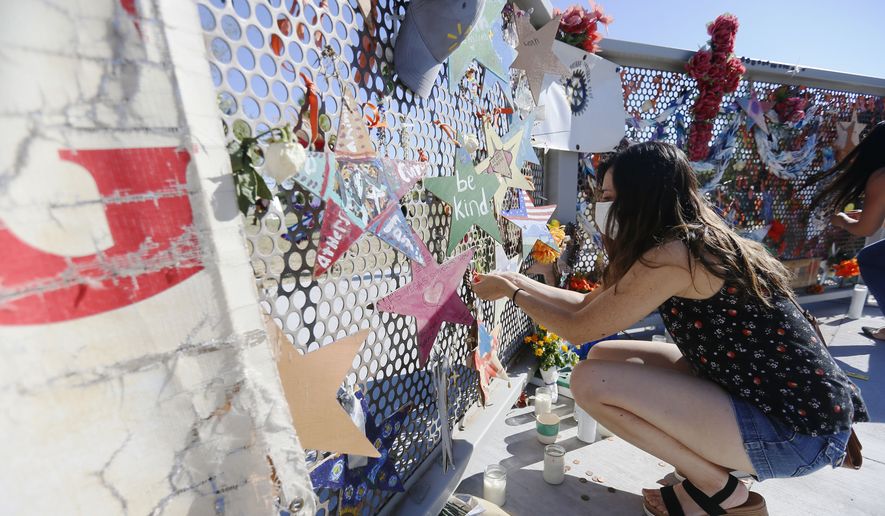The U.S. Secret Service has uncovered many similarities among the perpetrators of deadly mass attacks that took place across the United States last year, according to a report released Thursday.
The agency’s annual “Mass Attacks in Public Spaces” report concluded that almost all of the alleged criminals in the attacks last year experienced a major stressor in their lives.
And nearly half exhibited signs of a mental health issue. In nearly two-thirds of the cases, someone else noticed a sign of concern.
“One of the common things that we see over and over again are the impact of stressors,” Lina Alathari, head of the Secret Service’s National Threat Assessment Center (NTAC), told reporters at a briefing last week.
All told, 34 mass attacks were carried out by 37 individuals across the country in 2019. The attacks killed 108 people and injured 178 more. Most of the victims were random, the Secret Service said.
In 24 of the attacks, the alleged criminal used a firearm.
High-profile attacks reviewed by the Secret Service included the killing of 23 people in a mass shooting at an El Paso, Texas, Walmart; another mass shooting resulting in the death of 12 people at an office building in Virginia Beach, Virginia; and an Aurora, Illinois, warehouse shooting that result in the murder of five people.
In 87 percent of the attacks, the perpetrators had experienced at least one stressor five years before, and 81 percent experienced at least one stressor within a year of the attack, the Secret Service said.
Stressors include a relationship breakup, divorce, bullying, ending of friendships, losing a job, failing a class, law enforcement interaction or homelessness.
More than half of the attackers had a history of financial instability in the years leading up to the carnage. For example, a 65-year-old man shot three people at a plumbing company after he was evicted from a shed on the property where he was living.
Although motives varied, in one-third of the incidents, the attackers were acted because of some grievance.
“In these cases, attackers were retaliating for perceived wrongs related to personal issues, issues at their workplaces or domestic situations,” said Steven Driscoll, supervisor social science research specialist for the NTAC.
Only nine of the attacks, or 24 percent, had an ideological component, including anti-Semitism, white supremacy, jihadism or xenophobia.
The Secret Service said it has seen an uptick in attacks carried out by more than one perpetrator, but cautioned that number is still low with only three incidents.
“This is the first mass attack report in which we’ve seen pairs of attackers,” Ms. Alathari said. “In the 2017 attacks and the 2018 attacks, it was all lone actors.
• Jeff Mordock can be reached at jmordock@washingtontimes.com.




Please read our comment policy before commenting.